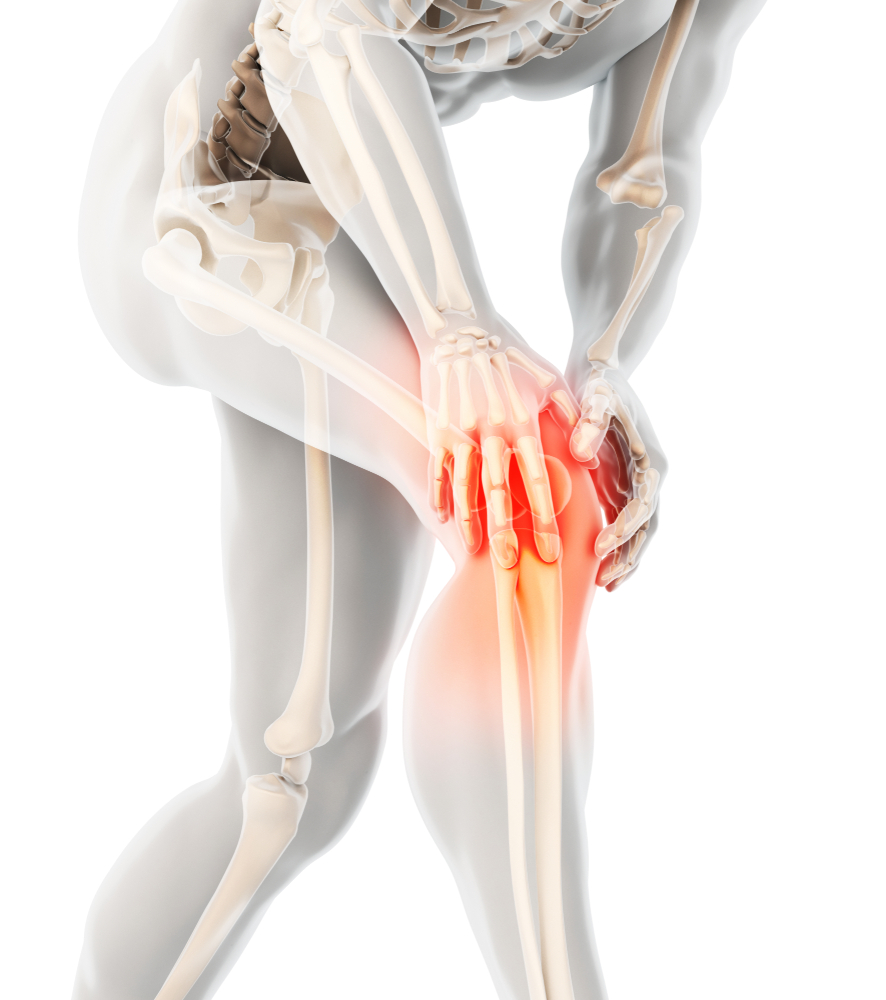Comprehensive Guide to Rib Discomfort: Causes, Symptoms, and Treatment Options
This comprehensive guide explores the causes, symptoms, and treatment options for rib discomfort. It covers common issues like fractured ribs, costochondritis, pleurisy, and osteoporosis, providing valuable insights for effective management and prompt medical care. Understanding these conditions can help prevent serious complications and promote better chest health.

Understanding the Causes of Rib Discomfort and How to Address Them
The rib cage forms a crucial protective barrier around vital organs such as the heart and lungs. It comprises 24 bones—12 pairs on each side—that work together to shield the chest cavity from injury. These bones are connected anteriorly to the sternum (breastbone) through flexible cartilage, allowing for chest expansion during breathing. Despite its strength, the rib cage is vulnerable to impact and trauma, which can lead to a wide range of discomforts, from minor aches to severe injuries that impair breathing and threaten organ health. Recognizing the underlying causes of rib discomfort is essential for timely intervention and effective treatment.
Injury to the ribs or surrounding tissues can result from various sources such as accidents, falls, sports injuries, or even repetitive strain. Symptoms may vary depending on the severity and type of injury, ranging from dull soreness to sharp, stabbing pain. Breathing may become uncomfortable or labored, especially if internal organs have been affected. Prompt medical evaluation is critical when symptoms are severe or persistent, as untreated rib injuries can lead to complications like pneumothorax (collapsed lung), internal bleeding, or damage to vital organs.
Typical Causes of Rib Discomfort
Understanding the common causes helps in diagnosing the condition correctly and choosing appropriate treatment options. Among the most frequent reasons for rib discomfort are:
Rib Fractures: Broken ribs are quite common and often result from direct blows to the chest, car accidents, or falls. These fractures can be complete or partial, causing intense pain, swelling, bruising, and sometimes bleeding inside the chest cavity. Severe cases may impair breathing and require urgent medical intervention to stabilize the chest and prevent further complications. Diagnosis typically involves physical examination and imaging techniques like X-rays or CT scans.
Costochondritis: This condition involves inflammation of the costal cartilage, the flexible tissue that connects the ribs to the sternum. It often presents as localized chest pain that worsens with movement, coughing, or deep breathing. Although benign, it can mimic more serious conditions, so proper diagnosis is essential. Treatment usually includes anti-inflammatory medications, rest, and avoiding aggravating activities.
Pleurisy: Pleurisy occurs when the lining around the lungs (pleura) becomes inflamed, causing sharp, stabbing chest pain that worsens with breathing or coughing. It can be caused by infections, autoimmune diseases, or other underlying health issues. Management involves addressing the root cause, often with antibiotics, anti-inflammatory drugs, or pain relievers. Accurate diagnosis might require imaging studies and laboratory tests.
Osteoporosis: With reduced bone density, especially common among older adults, the risk of fractures increases significantly. Osteoporosis weakens the bones, including those forming the rib cage, making them more susceptible to fracture from minor impacts or even spontaneous breaks. Often, individuals are unaware until a fracture occurs, which then necessitates a comprehensive treatment plan involving medication, lifestyle modifications, and nutritional support to strengthen bones and prevent future injuries.
In summary, understanding the various causes of rib discomfort—from traumatic injuries like fractures to medical conditions such as costochondritis and osteoporosis—helps patients and healthcare professionals collaborate more effectively for diagnosis and treatment. While some causes are minor and resolve with conservative care, others require urgent medical attention to prevent serious complications. If you experience persistent or severe chest pain, it is vital to seek timely medical evaluation to determine the precise cause and receive appropriate treatment, minimizing the risk of long-term health effects.





